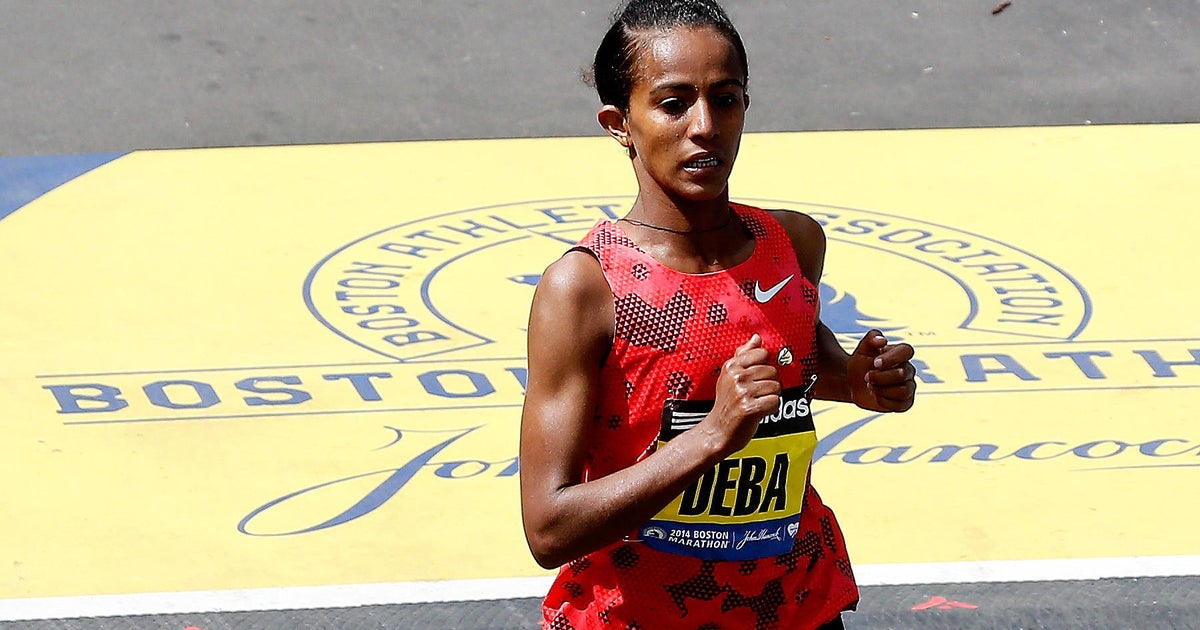Massarotti: With Stanton, Yankees Build Big Gap Between Themselves And Red Sox
BOSTON (CBS) -- Maybe Giancarlo Stanton simply did not want to come here. Maybe he wanted New York all along. Maybe the Red Sox had no chance from the very beginning, Derek Jeter doing his former team a solid to rekindle baseball's Hundred Years War.
And yet, it still feels like the Red Sox never really wanted Stanton, never even considered the possibility that he could end up in New York to form what is now the most prolific power duo in all of baseball.
What.
A.
Kick.
In.
The.
Face.
And so, as baseball's annual Winter Meetings kick off in earnest with the New York Yankees introducing Stanton as their newest Bronx Bomber, it is again time to wonder what the Red Sox are doing, how they got here, where they are going. In essence the group of Stanton, Aaron Judge and Gary Sanchez will be together for just three more years, through the 2020 season, after which Stanton has the ability to opt out of his gargantuan contract. But the likelihood is that New York's championship window is somewhere in the range of five years, akin to what the Red Sox possessed from 2003-08 when David Ortiz and Manny Ramirez were at the core of what was then the best lineup in baseball.
Ramirez was traded in July 2008. The truth is that the Red Sox have essentially been looking for a right-handed power bat to replace him ever since. Sure, the Red Sox won the World Series in 2013, but we all know that was lightning in a bottle. Even the Red Sox knew the success of that team was not sustainable. And now Ortiz is gone, too, leaving a colossal void in the center of the Boston batting order.
In the aftermath of this Stanton bloodbath, the Sox should be doing some serious soul-searching. In 2013, the year the Yankees took Judge late in the first round, the Red Sox selected Trey Ball. He has been a colossal bust. Meanwhile, after arriving in Boston, Dave Dombrowski has traded away most every Boston prospect who wasn't nailed down for a collection of pitchers who haven't quite lived up to expectation, one way or another.
The result? The Red Sox now lack the kind of prospects necessary to make the biggest deals. They probably can't even get Jose Abreu from the White Sox. And what is most maddening about the Stanton deal is that the talent cost for the Yankees seems minimal, meaning money, as is often the case, was at the center of the deal.
OK, so let's talk about the money.
Regardless of how Stanton ended up in New York, let's examine the team's purported interest. In the last two or three weeks, longtime Boston Globe reporter Nick Cafardo described the Red Sox' interest in Stanton as "tepid." The Red Sox clearly had reservations about the remaining $295 million and 10 years remaining on Stanton's contract, which seems like a legitimate issue until you come to the conclusion that, to replace him, the Sox may have to spend even more recklessly.
Remember: we're not in the wild card era anymore. Finishing second hurts the Red Sox a lot more than it did in 2004. To get power, they must now either spend on a hitter that doesn't really solve their power problem (Carlos Santana, Eric Hosmer) or one that isn't nearly the talent Stanton is (J.D. Martinez). If you're thinking about Bryce Harper or Manny Machado next fall, that's fine. But they're going to cost more than Stanton did.
When you're a team like the Red Sox, you can pay now or pay later. In the latter case, you are doing so only after the Yankees paid less for an inferior player.
Of course, the baseball offseason is just really beginning. (Does everything in the game now move slowly?) Maybe Dombrowski has something up his sleeve. Maybe there's a series of moves coming. Maybe the Red Sox will get fabulous production from Xander Bogaerts and Rafael Devers to offset the absence of any big acquisition. We all know that baseball comes with no certainties.
But as we stand here today, in early December and after a season in which the Yankees passed the Red Sox in the never-ending tussle between two of baseball's superpowers, it certainly feels like the gap in the American League East is changing.
And in the wrong direction.



